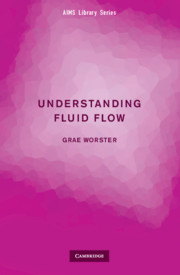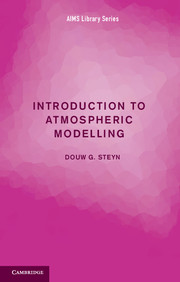8 results in AIMS Library of Mathematical Sciences

Creative Mathematics
- A Gateway to Research
-
- Published online:
- 16 May 2024
- Print publication:
- 21 December 2009

Understanding Fluid Flow
-
- Published online:
- 30 April 2024
- Print publication:
- 14 December 2009

Mathematical Explorations
-
- Published online:
- 12 January 2017
- Print publication:
- 13 October 2016

Introduction to Atmospheric Modelling
-
- Published online:
- 05 April 2015
- Print publication:
- 02 April 2015

Mathematical Modelling in One Dimension
- An Introduction via Difference and Differential Equations
-
- Published online:
- 05 March 2013
- Print publication:
- 21 February 2013

A First Course in Computational Algebraic Geometry
-
- Published online:
- 05 March 2013
- Print publication:
- 07 February 2013

From Measures to Itô Integrals
-
- Published online:
- 05 June 2012
- Print publication:
- 31 March 2011

Ordinary Differential Equations
- A Practical Guide
-
- Published online:
- 05 June 2012
- Print publication:
- 29 September 2011

